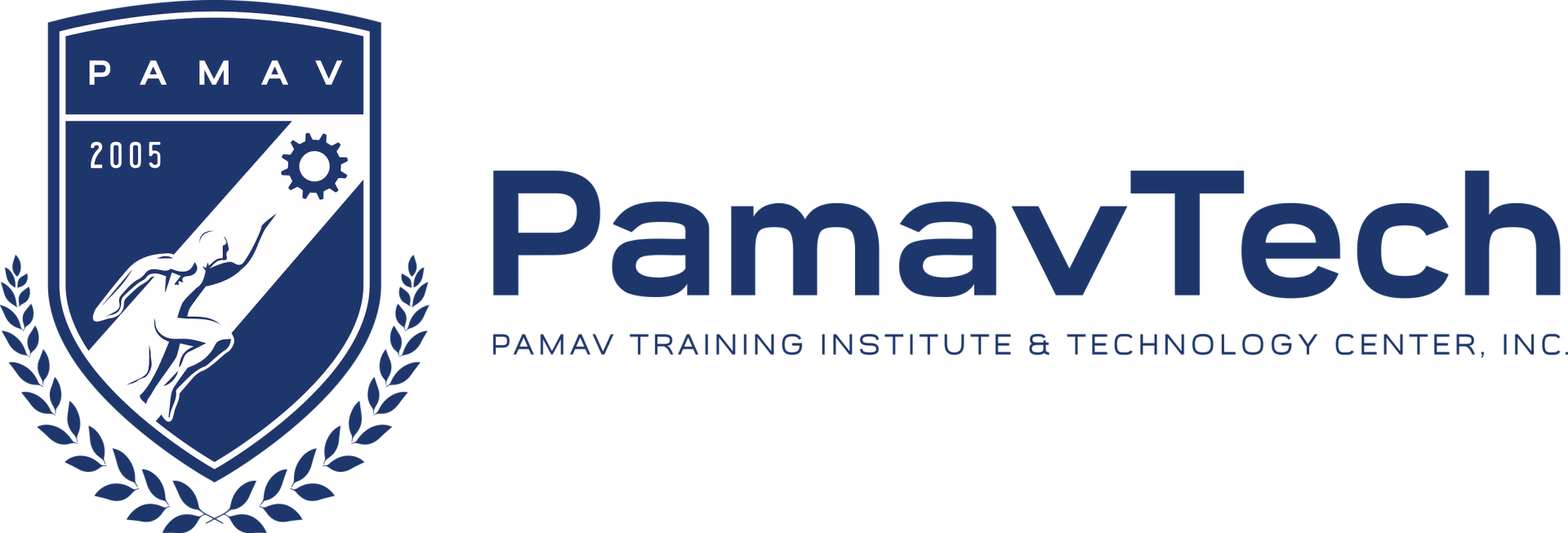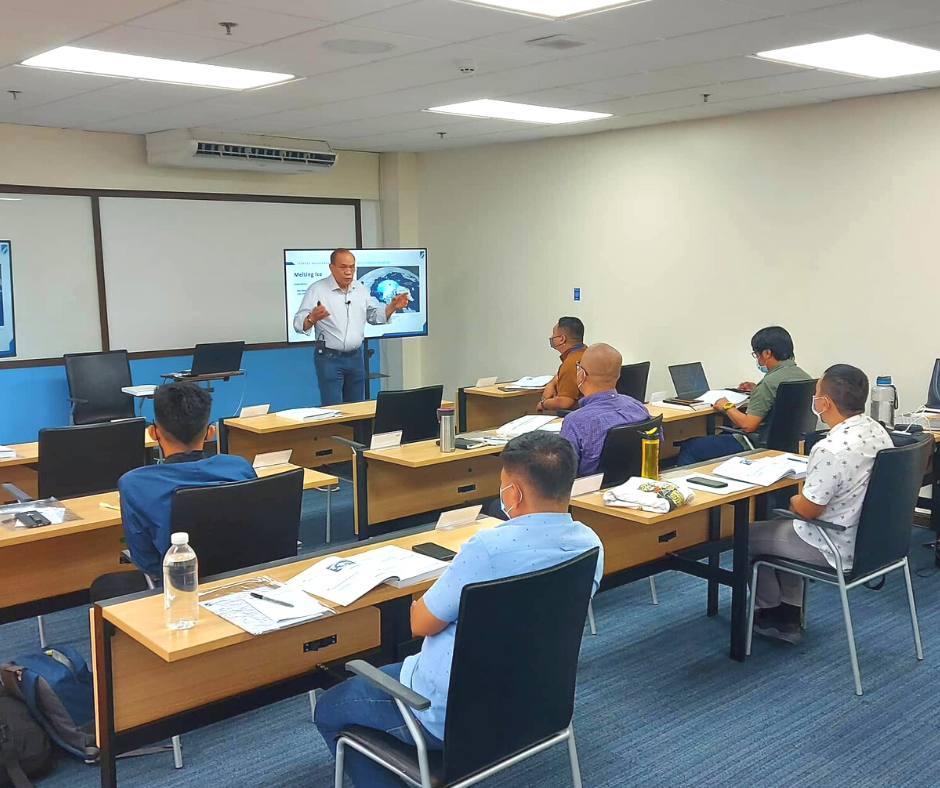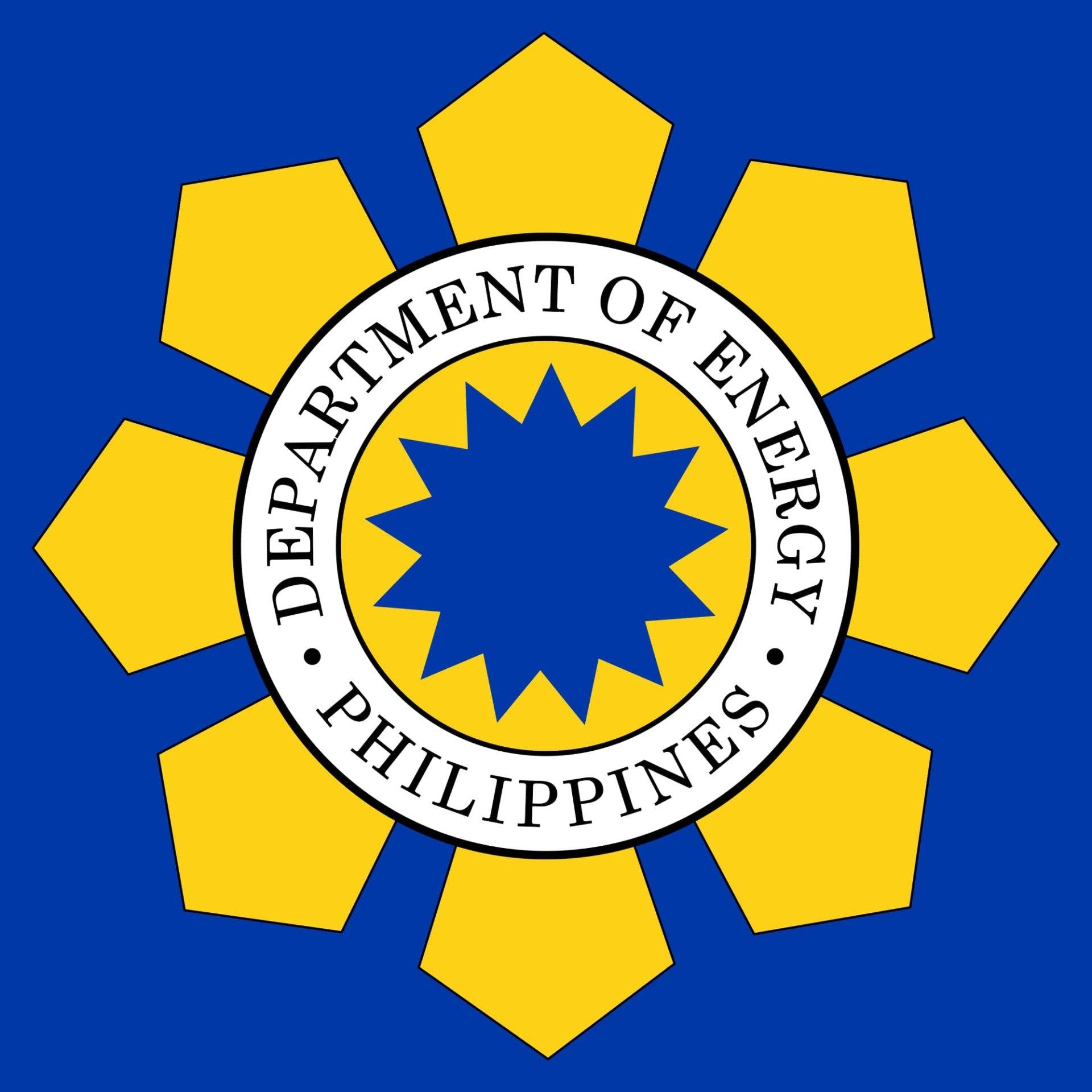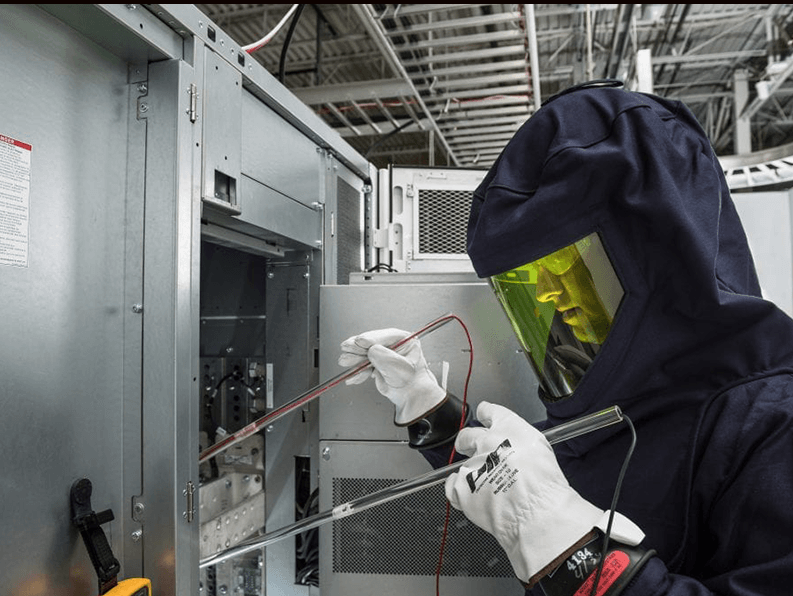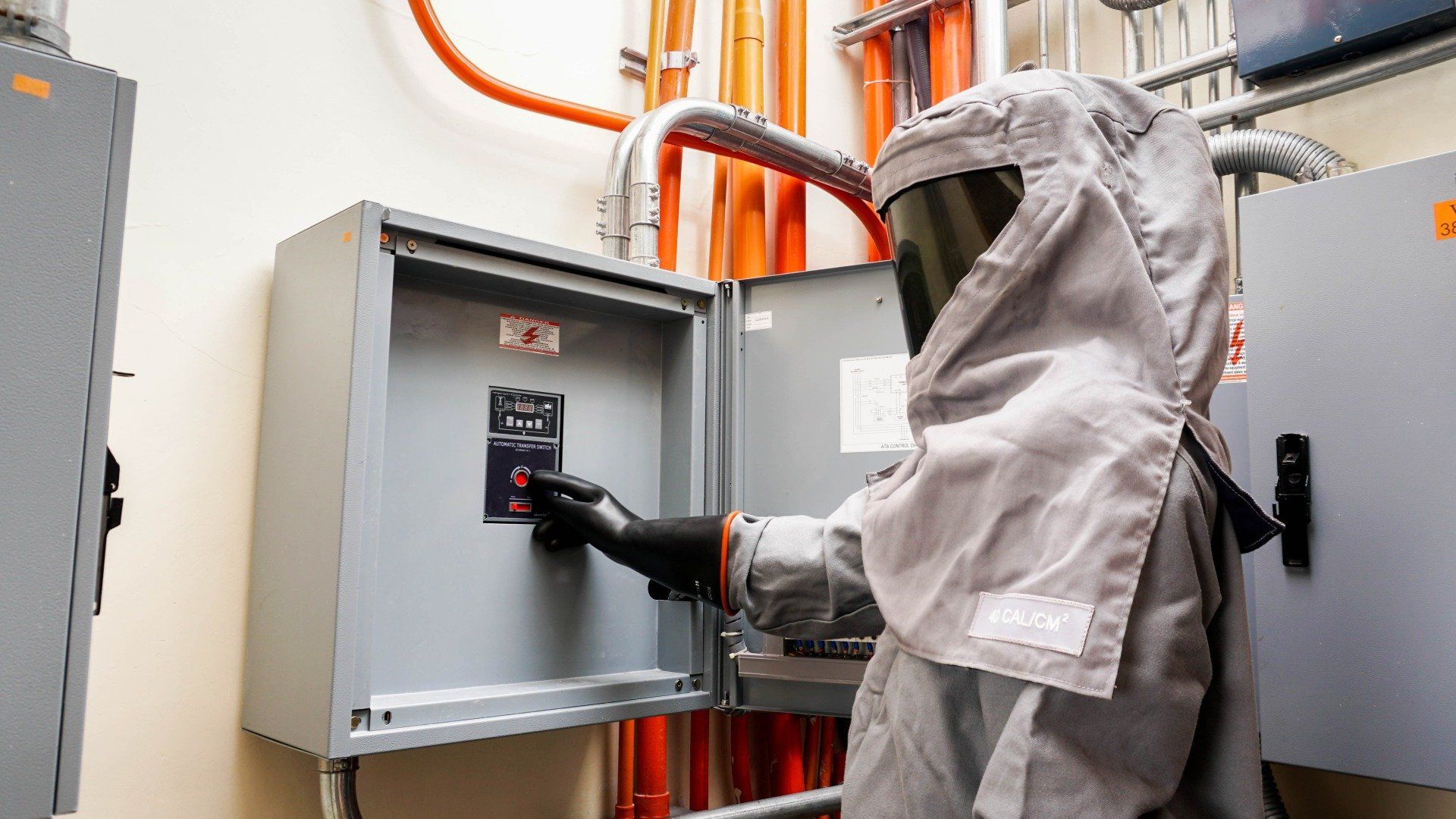DOE Training Programs
Energy Management Training
What you will learn from this program:
This course is designed to enhance the knowledge, practical skills, and attitude applicable in performing work activities involve in
implementing planning, and supporting the implementation of regular energy audits, facilitating compliance to all relevant policies,
and operating and maintaining energy-consuming machines and equipment in facilities.
Upon completion of the course, the learners are expected to demonstrate the above-mentioned competencies to be employed. To
obtain this, all units prescribed for this qualification must be achieved.
COMMON COMPETENCIES
(36 HOURS)
Unit of Competency
1. Energy Management System Development and Implementation
1.1 Organizing for the Implementation of Energy Management System
1.2 1.2 Planning and Reviewing Energy Management System
1.3 Implementing Operating, Monitoring and continuous Improvement of the energy ......Management System
Unit of Competency
2. Plan and Organize Energy Audit (basic Energy Audit: Electrical, Mechanical, and .......Thermal)
2.1 Planning and scheduling Energy Audit
2.2 Implementing Energy Audit
2.3 Developing and recommending strategies for improving energy efficiency
Unit of Competency
3. Technical Competencies
3.1 Operating and maintaining Electrical Systems
3.2 Operating and maintaining Mechanical Systems
3.3 Operating and maintaining Lightning Systems
COMMON COMPETENCIES
(28 HOURS)
Unit of Competency
1. Energy Management System (ISO 50001 or Similar Framework)
1.1 Understanding Energy Management System (ISO 50001or similar Framework)
Unit of Competency
2. Energy Management System (ISO 50002 or similar Framework)
2.1 Understanding Energy Management System (ISO 50002 or Similar Framework)
Unit of Competency
3. Industry Rules and Regulations
3.1 Understanding the Energy Efficiency Conversation (EEC) Act, Its implementing Rules and Regulations (IRR) and related Department of Energy (DOE) Memorandum Circular ....;;; (MC) and Department Order (DO)
3.2 Understanding other related and complimentary rules and regulation related to EEC act
Unit of Competency
4. Operate and Maintain Tools and Equipment for monitoring, Testing and Technical Audit
4.1 Planning and preparing for work to operate and maintain tools and equipment
4.2 Preparing hardware, tools and equipment for operation and maintenance
4.3 Operating tools and equipment
4.4 Checking condition of tools and equipment
4.5 Performing Basic Preventive Maintenance
4.6 Storing Tools and Equipment
This program is for:
Top Courses
Electrical System Protection Coordination
Power System Analysis are an essential part of electrical power system design. Load flow analysis, short circuit analysis, and protection coordination are necessary to verify that the electrical system including the system components, are correctly specified to perform as intended, withstand expected stress, and be protected against failures.
Electrical Safety in the Workplace for Mission Critical Facilities
This program will discuss the Electrical Safety-related work practices necessary to prevent workplace accidents. The program involves topics on preservation and protection of both the workers and the physical assets in the workplace hence, promoting a safe and healthy environment.
Arc Flash Risk Assessment
Proper implementation of Arc Flash Risk Assessment can significantly reduce injuries from Arc Flash and Arc blast events.
